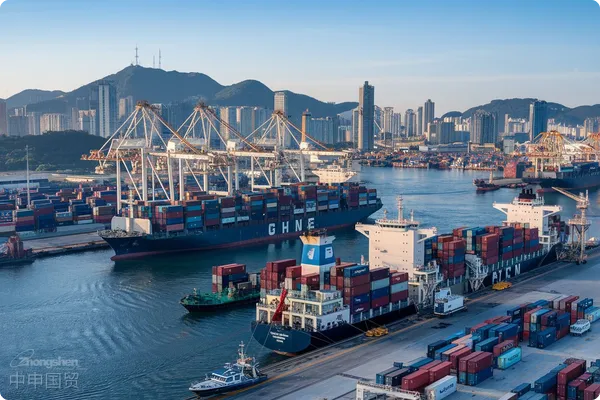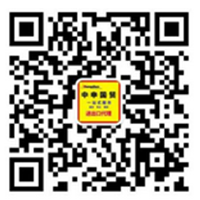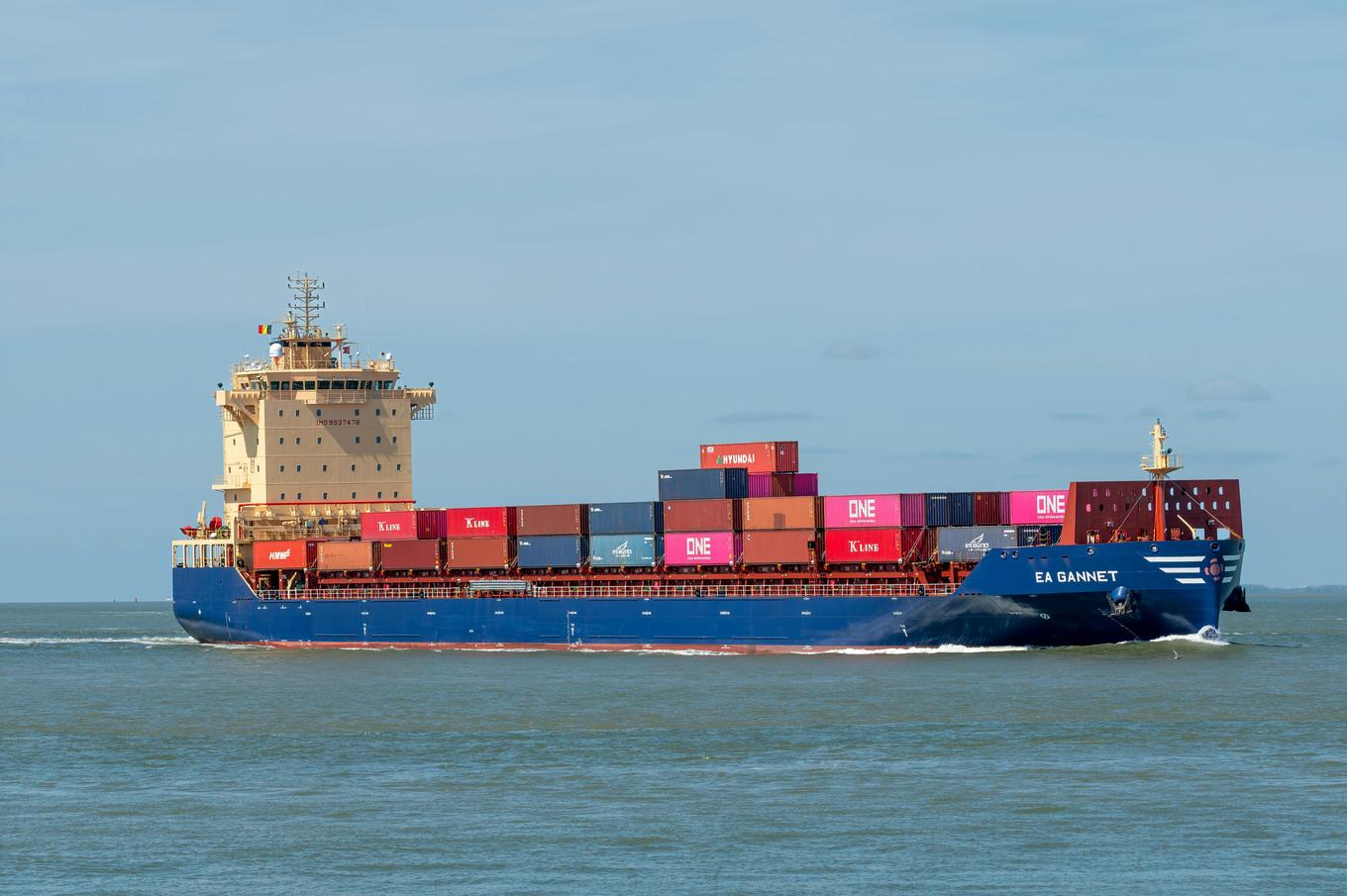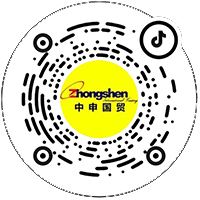- Shanghai ZhongShen International Trade Co., Ltd., with 20 years of experience in foreign trade import and export agency services.

I. Machinery?Equipment Export?The three major pain points of the industry
According to the General Administration of Customs’ Q1 2025 data, the return rate for machinery and equipment exports rose 1.8 percentage points year-on-year, with 42 % of disputes originating in the agency-service segment. At present, the industry faces three typical problems:
- Professional qualification gap: 23% of exporting companies have encountered forged special-equipment transport qualifications from freight-forwarding agents.
- Logistics Adaptation Deviation: 68% of cargo damage cases involving precision machine tools stem from improper packaging solutions
- Compliance blind spots keep emerging: After the revised Export Control Law took effect, 32% of companies violated control provisions due to their agents' negligence.
II. The Golden Criteria for Selecting an Agency Partner
Based on a review of 200+ machinery export cases, we have distilled seven core evaluation dimensions:
- Qualification verification system
- China Customs Brokers Association AAA Certification
- Special Equipment Transport Filing Certificate (e.g., pressure vessels require TSG certification)
- Industry Solutions Library
- Heavy Machinery: Hands-on experience with at least five 100-ton-class projects
- Precision instruments: ≥20 cases of constant-temperature & constant-humidity transportation
- Global Service Network
- Overseas customs-clearance nodes cover second-tier cities in the target countries.
- Localized after-sales team response time < 4 hours
III. 2025 Agent Service Capability Comparison Matrix
A quantitative analysis of mainstream service providers using the weighted evaluation method (out of 10 points):
- Class A supplier (8.5–10 points)
- Proportion of customized solutions > 70%
- Owns a dedicated fleet of specialized transport vehicles
- Customs declaration error rate <0.3%
- Category B suppliers (6–8.4 points)
- Standard Operating Procedures Improvement
- Overseas partner agents ≥ 3 per region
- Average clearance time: 5 working days
IV. Practical Risk Prevention and Control Strategies
With regard to the trade policies newly implemented in 2025, special attention should be paid to:
- Technical Parameter Control: Precision machine tools with positioning accuracy ≤3 μm require a special export license
- Transportation Environment Control: Category II and above seismic equipment must be equipped with dynamic monitoring devices
- Insurance clause optimization: It is recommended to add full-time liability insurance for the loading and unloading process.
V. Key Points for Full-Process Management of Agency Cooperation
Six key stages from requirement alignment to after-sales follow-up:
- Needs Assessment Phase: The equipment parameter sheet must include 16 transport parameters such as vibration sensitivity.
- Solution Confirmation Phase: Request to provide a 3D loading simulation demonstration
- Execution monitoring phase: The daily transportation environment data report must include temperature and humidity fluctuation curves.
VI. Industry Trend Forecast for the Next Three Years
From 2025 to 2028, agency services will undergo three major transformations:
- Deepening of regional trade agreements: RCEP utilization of origin rules is expected to exceed 85%
- Intelligent Logistics Iteration: IoT monitoring device penetration is expected to reach 92%
- Compliance Cost Restructuring: ESG audit expenses may account for more than 25% of the service fee
Choose Professional Mechanical EquipmentExport Agent ServicesThe essence lies in building a cross-border supply chain for the enterprise.?Risk firewall?and?Efficiency Accelerator?. It is recommended that companies establish a supplier-evaluation system comprising 12 KPIs and conduct periodic service-capability audits to ensure optimal logistics-cost control while remaining compliant.
Category Case
Contact Us
Email: service@sh-zhongshen.com
Recommended for You
Contact via WeChat

? 2025. All Rights Reserved.









